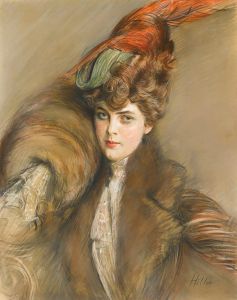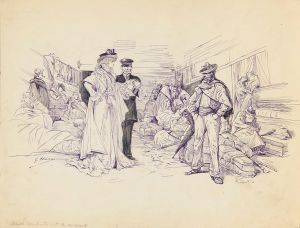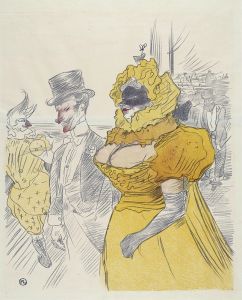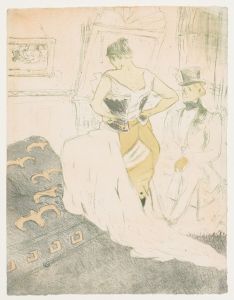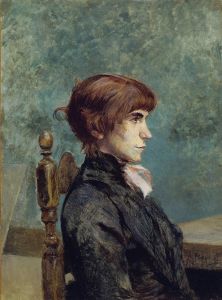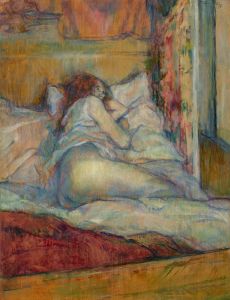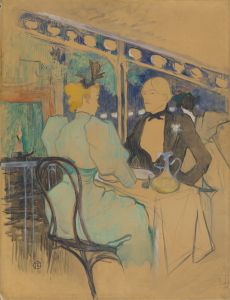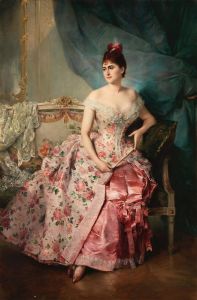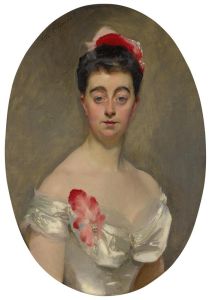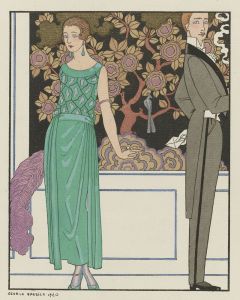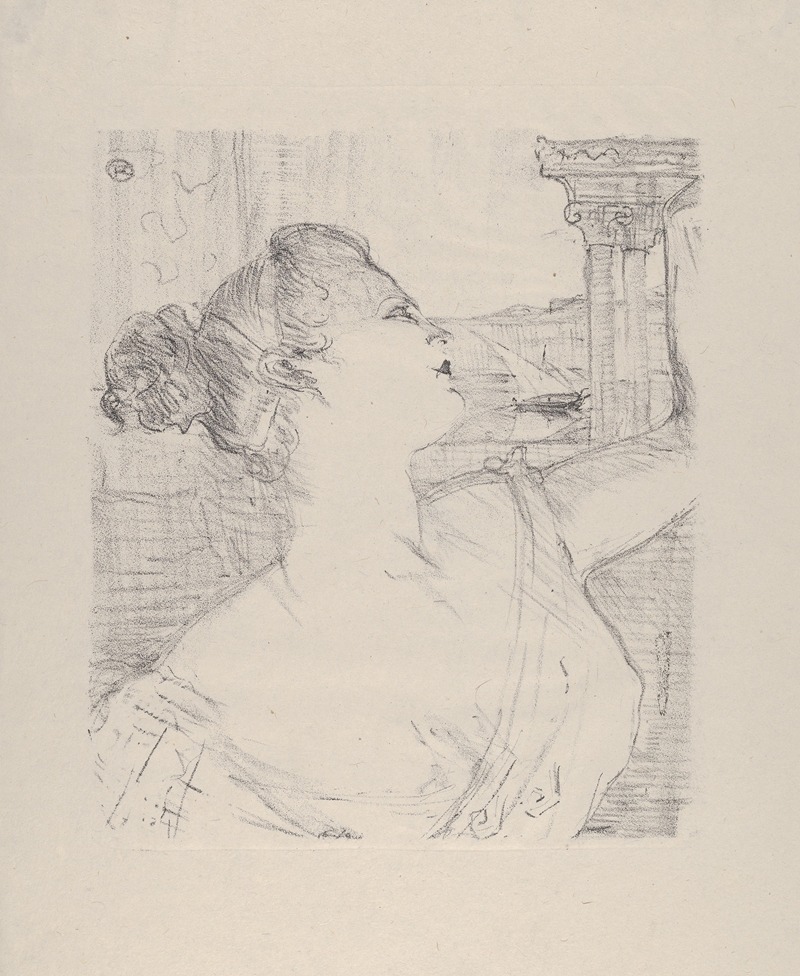
Sybil Sanderson
A hand-painted replica of Henri de Toulouse-Lautrec’s masterpiece Sybil Sanderson, meticulously crafted by professional artists to capture the true essence of the original. Each piece is created with museum-quality canvas and rare mineral pigments, carefully painted by experienced artists with delicate brushstrokes and rich, layered colors to perfectly recreate the texture of the original artwork. Unlike machine-printed reproductions, this hand-painted version brings the painting to life, infused with the artist’s emotions and skill in every stroke. Whether for personal collection or home decoration, it instantly elevates the artistic atmosphere of any space.
Henri de Toulouse-Lautrec, a prominent French painter known for his depictions of Parisian nightlife in the late 19th century, created a portrait of Sybil Sanderson, an American operatic soprano who gained fame in Europe. Toulouse-Lautrec was renowned for his ability to capture the essence of his subjects with a unique blend of realism and impressionism, often focusing on the vibrant and sometimes decadent world of the Parisian bohemian scene.
Sybil Sanderson was born in Sacramento, California, in 1864 and moved to Paris in the 1880s to pursue a career in opera. She quickly became a sensation in the French opera world, known for her exceptional vocal range and dramatic performances. Her most notable role was in Jules Massenet's opera "Esclarmonde," which was composed specifically for her. Sanderson's talent and charisma made her a muse for several artists and composers of the time, including Massenet and Toulouse-Lautrec.
The portrait of Sybil Sanderson by Toulouse-Lautrec is a testament to the artist's skill in capturing the personality and allure of his subjects. While specific details about the painting's creation and current whereabouts are not widely documented, it is known that Toulouse-Lautrec had a keen interest in the performing arts and often portrayed singers, dancers, and actors. His works are characterized by their bold use of color, dynamic compositions, and an ability to convey the energy and atmosphere of the scenes he depicted.
Toulouse-Lautrec's connection to the world of opera and theater was not merely artistic; he was also a part of the social circles that included many performers and patrons of the arts. This allowed him to observe and interact with his subjects in their natural environments, providing him with a deeper understanding of their personalities and the nuances of their performances. His portraits often reflect this intimacy and insight, capturing not just the physical likeness of his subjects but also their emotional and psychological presence.
The collaboration between Toulouse-Lautrec and Sybil Sanderson highlights the intersection of visual art and music during the Belle Époque, a period marked by cultural flourishing and artistic innovation in France. Artists like Toulouse-Lautrec played a crucial role in documenting and shaping the cultural landscape of the time, providing future generations with a vivid glimpse into the lives and personalities of the era's most celebrated figures.
While the specific painting of Sybil Sanderson by Toulouse-Lautrec may not be as widely recognized as some of his other works, it remains an important piece in understanding the artist's oeuvre and his connection to the world of opera. Toulouse-Lautrec's ability to capture the spirit of his subjects continues to be celebrated, and his portraits remain a significant part of art history, offering insights into the vibrant and dynamic world of late 19th-century Paris.






